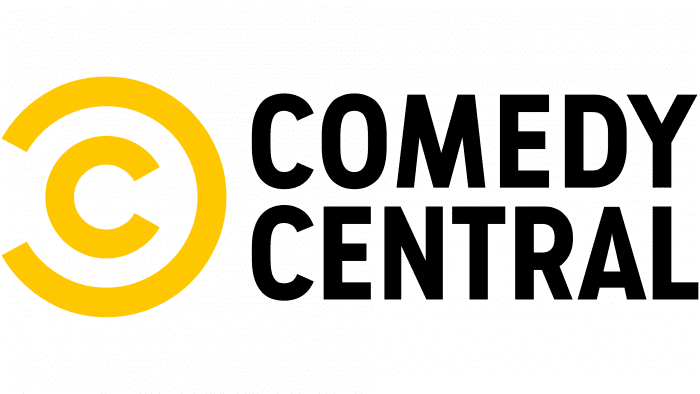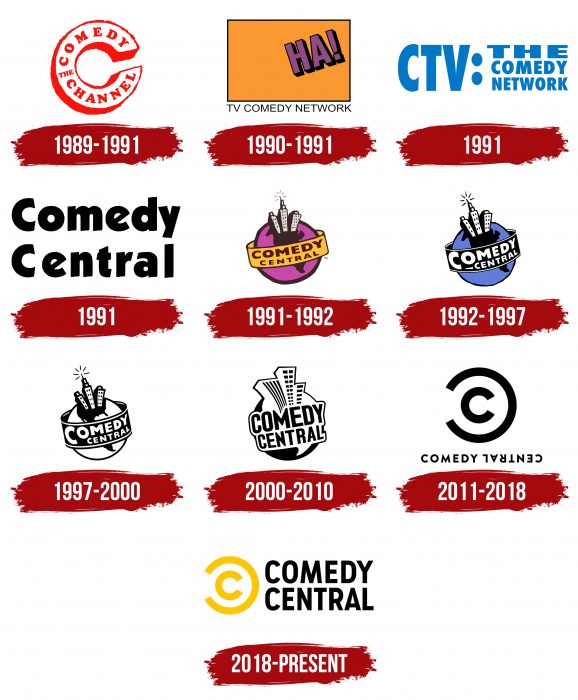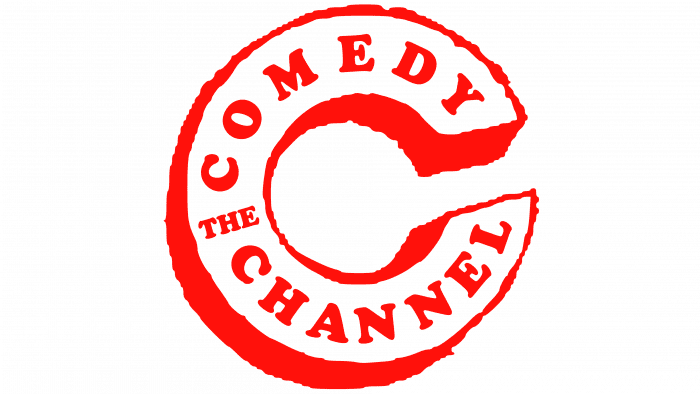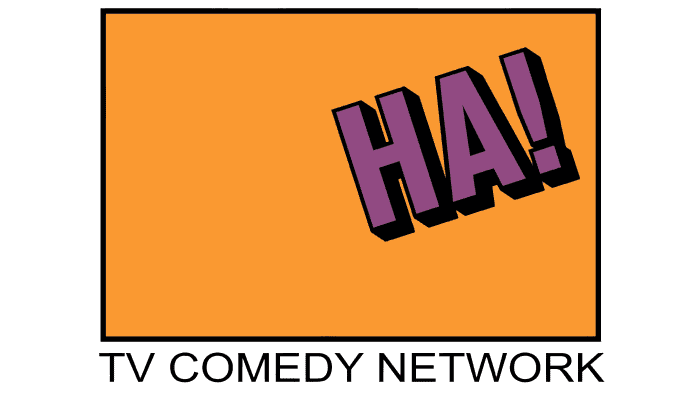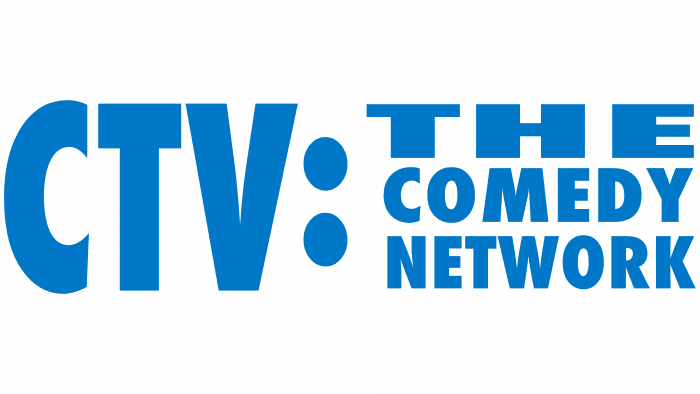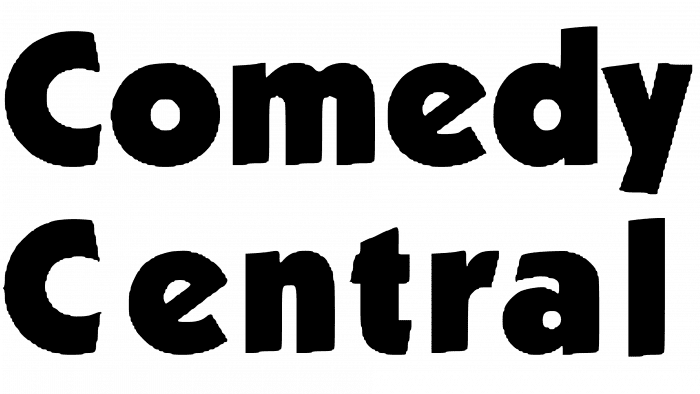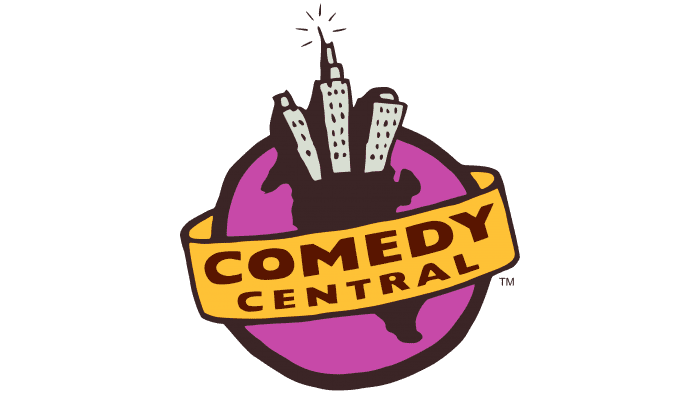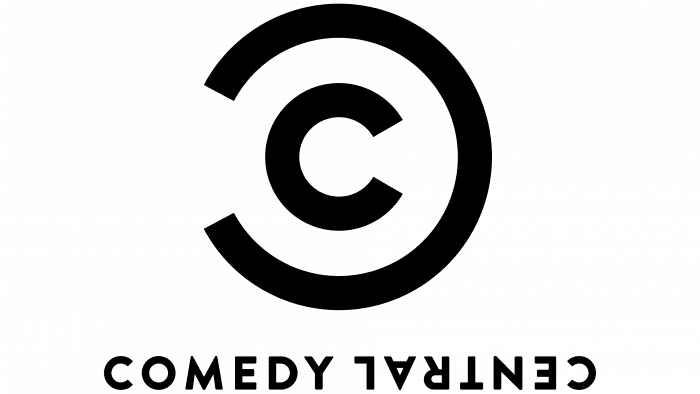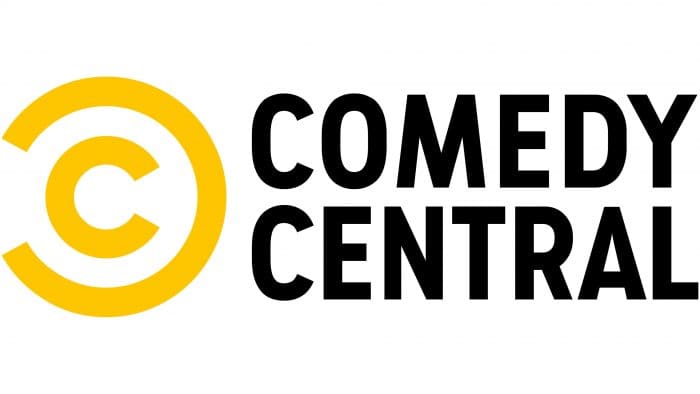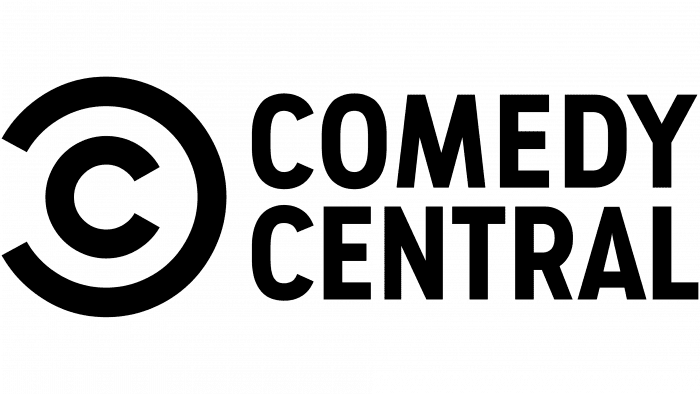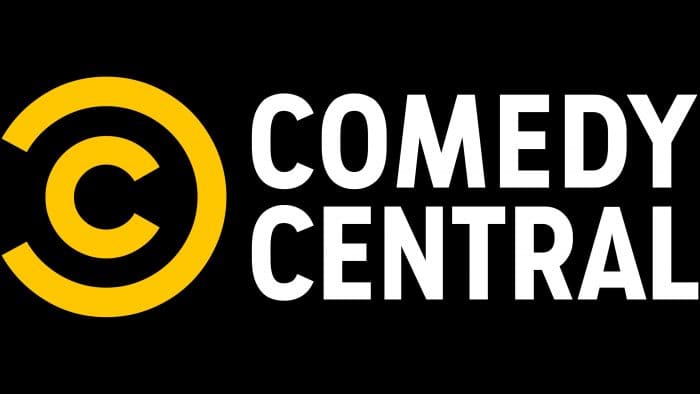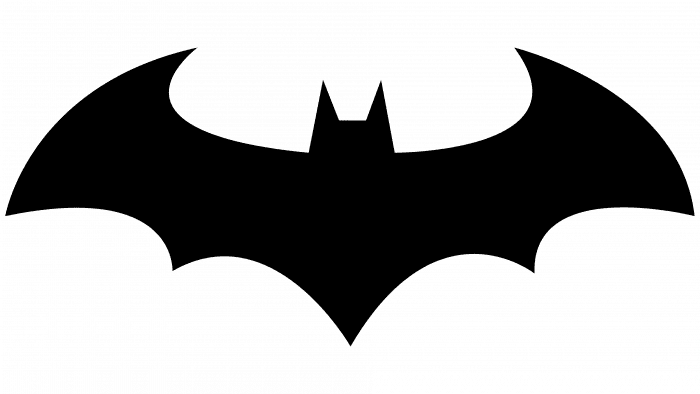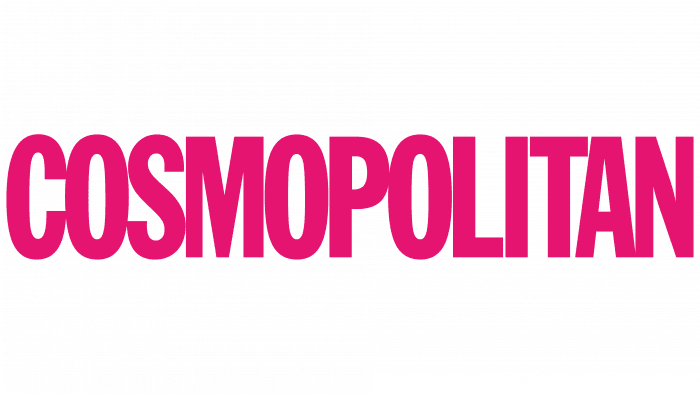The Comedy Central logo exudes relaxation, laughter, and a good mood. The sign depicts humor, which, like a pearl, is hidden in reprises. The emblem shows that the channel likes to get to the bottom of things and present the truth in an easy and fun way.
Comedy Central: Brand overview
| Founded: | April 1, 1991 |
| Founder: | Paramount Media Networks |
| Headquarters: | New York, U.S. |
| Website: | cc.com |
Meaning and History
The Comedy Central network was not always called that way and did not work in the current format. It was created from two competing channels: Ha! and Comedy Channel. One of them broadcast low-budget programs, and the second showed only reruns. This continued until 1991 when the owners decided to join forces.
As a result, instead of two TV channels, one appeared – CTV: The Comedy Network. In the same year, it was renamed Comedy Central. Over time, the CC came under full control of Viacom. A huge international network has grown with localized channels on almost all continents, including Africa.
Given the specificity of the brand, it has never had one permanent logo. At first, the redesigns coincided with a name change and then turned into a search for their style. This is a whole evolution – a movement from the complex to the simple.
What is Comedy Central?
Comedy Central is a cable channel that broadcasts entertainment programs, movies, satirical shows, and stand-up comedies for viewers over 18 years old. It operates in the United States but has international versions for the CIS countries, Africa, the Middle East, Europe, Latin America, India, and other regions. The channel was launched in 1991 and is owned by the American conglomerate Paramount Global.
1989 – 1991
One of the predecessors of Comedy Central is the Comedy Channel, which appeared in 1989. Time-Life owned it and, together with it, was part of Direct Holdings Global LLC. The channel’s emblem consisted of a capital “C,” but it looked like a horseshoe because the designers made the “C” three-dimensional. Inside was the inscription “COMEDY CHANNEL,” divided into two parts by the article “THE.” The main colors are white and orange.
1990 – 1991
Another predecessor to Comedy Central was called Ha! and was part of Viacom. Its logo is a credit to the design agency Fred / Alan, which designed the Nickelodeon badge. The black and purple “HA!” Hovering inside the orange rectangle was not the only inscription. Under the geometric figure was the phrase “TV Comedy Network” – the second part of the television network’s full name.
April 1991 – June 1991
In 1991, the two channels merged. This is how CTV: The Comedy Network was launched, simultaneously owned by both Time-Life and Viacom. The logo consisted of blue lettering in bold sans serif type. The big “CTV” with a colon was on the left, and the small “THE,” “COMEDY,” and “NETWORK” were on the right, in three lines.
June 1991 – October 1991
The Canadian CTV network was confused, so the American CTV owners decided to rename the channel again. This is how Comedy Central appeared and its first logo with the corresponding inscription. To design the text, the designers used black and an unusual font with uneven angular letters.
1991 – 1992
Less than a few months later, the channel introduced a new emblem: a purple globe surrounded by a wide orange ribbon with the words “COMEDY CENTRAL.” Three skyscrapers were depicted at the top of the planet. A transmitter emerged from the middle building roof, which symbolized the era of television broadcasting, namely the early 1950s when the first color televisions appeared.
1992 – 1997
In 1992, PMcD Design redesigned the logo to be applied to products. As a result, the globe turned blue, and all other elements were black and white.
1997 – 2000
The H-Gun Labs designers made the planet white and removed the stroke in front of the word “CENTRAL,” added in 1992.
2000 – 2010
Imaginary Forces decided to simplify the logo even further, so they removed the transmitter and enlarged the skyscrapers to get rid of small details. The ground turned black, the ribbon disappeared, and the caption moved into a white dialogue cloud.
2011 – 2018
The logo, developed in 2011 by The Lab, was named Comedymark for its similarity to the copyright mark. It was a monogram: one “C” inside the other, turned in the opposite direction. Nearby was the inscription “COMEDY CENTRAL.” The second word looked like a reflection in a mirror and was read from right to left.
2018 – today
In 2018, the channel received a new look. It is the result of a collaboration between Loyalkaspar studio and Comedy Central’s in-house designers. They kept the iconic Comedymark but repainted it yellow and moved it to the left. So now the name of the TV network is on the right and split into two lines.
Comedy Central: Interesting Facts
Comedy Central, a channel celebrated for its adult comedy and satirical news, started on April 1, 1991, from the merger of two networks, HA! and The Comedy Channel, from Viacom and HBO. It aimed to focus solely on comedy.
- Start: The 1991 merger of HA! and The Comedy Channel marked Comedy Central’s beginning, creating a dedicated comedy channel.
- Original Shows: In 1993, it aired “Politically Incorrect with Bill Maher,” mixing comedy with political talk, leading the way for shows like “The Daily Show.”
- “South Park” Success: Since 1997, “South Park” has been a hit, known for its bold humor and societal satire, becoming a staple for the channel.
- “The Daily Show”: A key show since 1996, it gained fame under Jon Stewart and later Trevor Noah and is known for its news satire.
- Comedy Launchpad: The channel has kickstarted many comedians’ careers through specials and series like “Chappelle’s Show” and “Key & Peele,” influencing American comedy.
- Going Global: With versions in the UK, Germany, India, and Brazil, Comedy Central has shown its worldwide appeal.
- Roasts and Events: Known for the “Comedy Central Roast” series, it has humorously targeted celebrities like Justin Bieber and Charlie Sheen, drawing big audiences.
- Digital Shift: Adapting to new media trends, Comedy Central offers content online and through streaming partnerships, reaching a wider audience.
- Awards: The channel’s shows, including “The Daily Show” and “South Park,” have won Emmys, Peabodys, and Grammys, acknowledging their impact and quality.
- Social Engagement: Beyond comedy, it supports causes like “Comedy Central Stand-Up Without Borders,” using comedy for fundraising.
Comedy Central has significantly shaped TV comedy with its original programming and cultural impact, continuing to evolve and engage audiences worldwide.
Font and Colors
The icon consisting of two “Cs” looks like a copyright symbol for a reason. In the early days of Comedymark, Viacom was seeking monetary compensation for YouTube and Google infringing its content copyright. And such an emblem has become a “stigma” on TV shows created by Comedy Central personally: with its help, the channel marked its programs, once again reminding about the prohibition of copying.
The latter logo uses a custom sans serif font known as Comedy Sans. It replaced the Brandon Grotesque typeface, which became the basis for the inscription in 2011-2018. The new color scheme is complemented by a bright shade of yellow called Summer Ale. Simultaneously, the inscription remained black, and the background, as before, was white.
Comedy Central color codes
| Philippine Yellow | Hex color: | #fdc700 |
|---|---|---|
| RGB: | 253 199 0 | |
| CMYK: | 0 21 100 1 | |
| Pantone: | PMS 7549 C |
| Black | Hex color: | #000000 |
|---|---|---|
| RGB: | 0 0 0 | |
| CMYK: | 0 0 0 100 | |
| Pantone: | PMS Process Black C |
